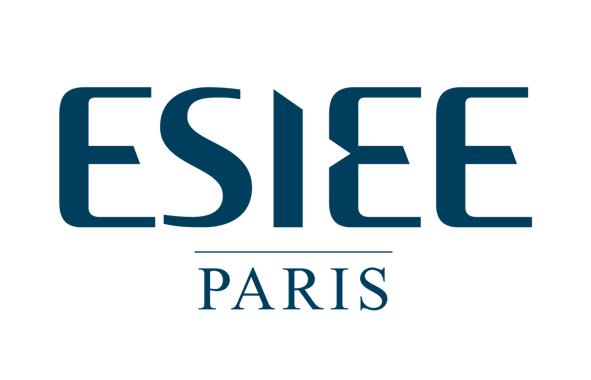Analytical design model of coil parameters for the electro-magnetic forming technology - Case of the 1-turn coil dedicated to tubular parts forming and crimping with 1D approximation
Résumé
In this paper, we propose an analytical electromagnetic modelling and an electromechanical coupling of the 1-turn bulk coil with a cut, made of conducting steel or copper alloys, and used in the electro-magnetic forming technology. The electromagnetic part of the work is the one created beyond the state of the art. Such analytical models that can quickly solve for key process parameters are extremely desirable but must be completed with a mechanical model able to calculate in the end the deformation. An existing mechanical model to calculate the deformation is used and coupled to our electromagnetic model. First, the basic electromagnetic theory will be summarised and then the One-Dimensional (1-D) axi-symmetrical approximation discussed (part 2). The goal is to be able to determine the magnetic vector potential A diffusion, that will quickly lead to all the parameters needed to characterize, qualify, feed and optimize the use of the coil (ex.: magnetic flux density, equivalent inductance, force coefficients,...). Then the pseudo-harmonic solution of the 1D-problem is expanded with the help of Bessel basis functions, including some specific limit conditions and constraints (part 3). The results are compared to numerical 2-D and 3-D computations, performed, thanks to the Finite Element Method, onto some test cases without and with a tube to deform. The proposed model does not only give the numerical value of each parameter, but it provides analytical formulae, with explicit dependences upon some key geometrical and physical variables (ex.: changeable air-gap between the coil and the tube linked to the deformation). The use of a pseudo harmonic working condition will be justified by comparing it to the transient working condition for which the model is improved. Experimental measurements will be carried out with and without a tube but with no deformation (part 4). The results are close and coherent and useful when sizing the coil with respect to performance criteria and performing an equivalent electrical circuit and an electro-mechanical coupling solution, usable with deformation in the transient working conditions (part 5).
Domaines
Sciences de l'ingénieur [physics]| Origine | Fichiers produits par l'(les) auteur(s) |
|---|




